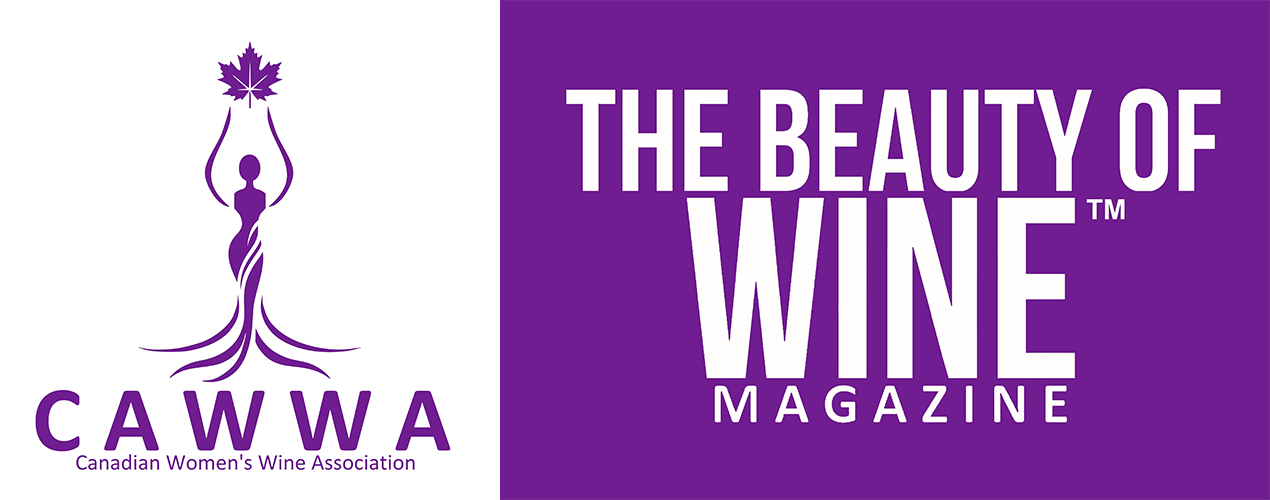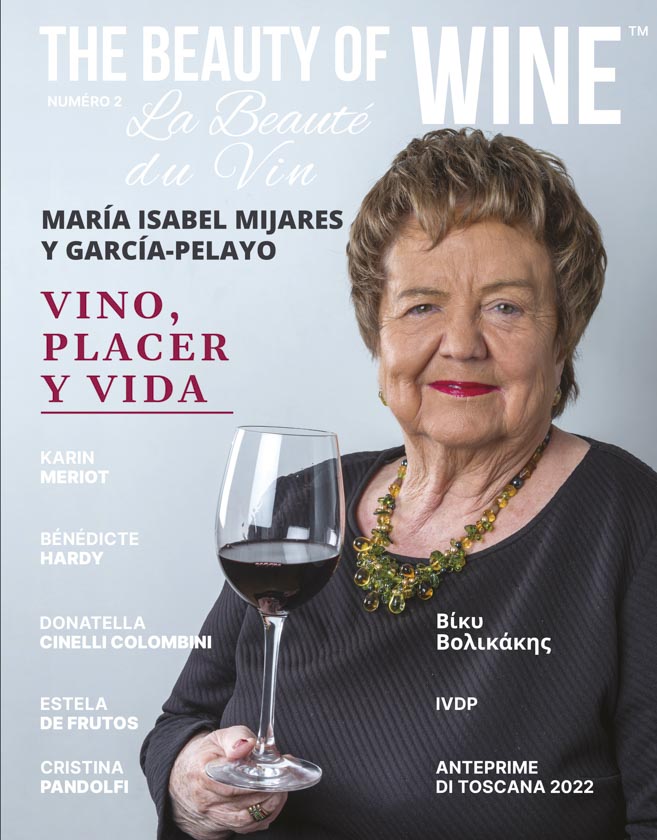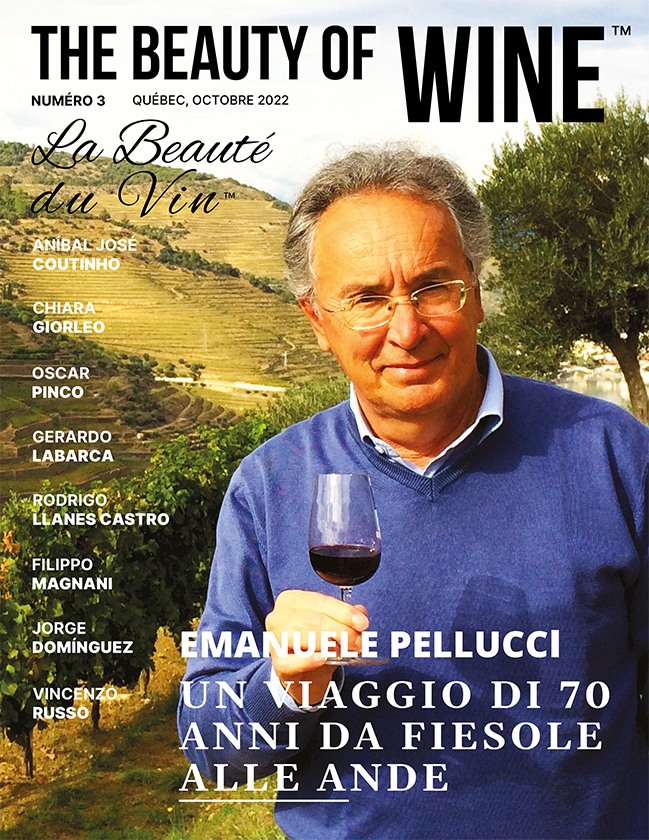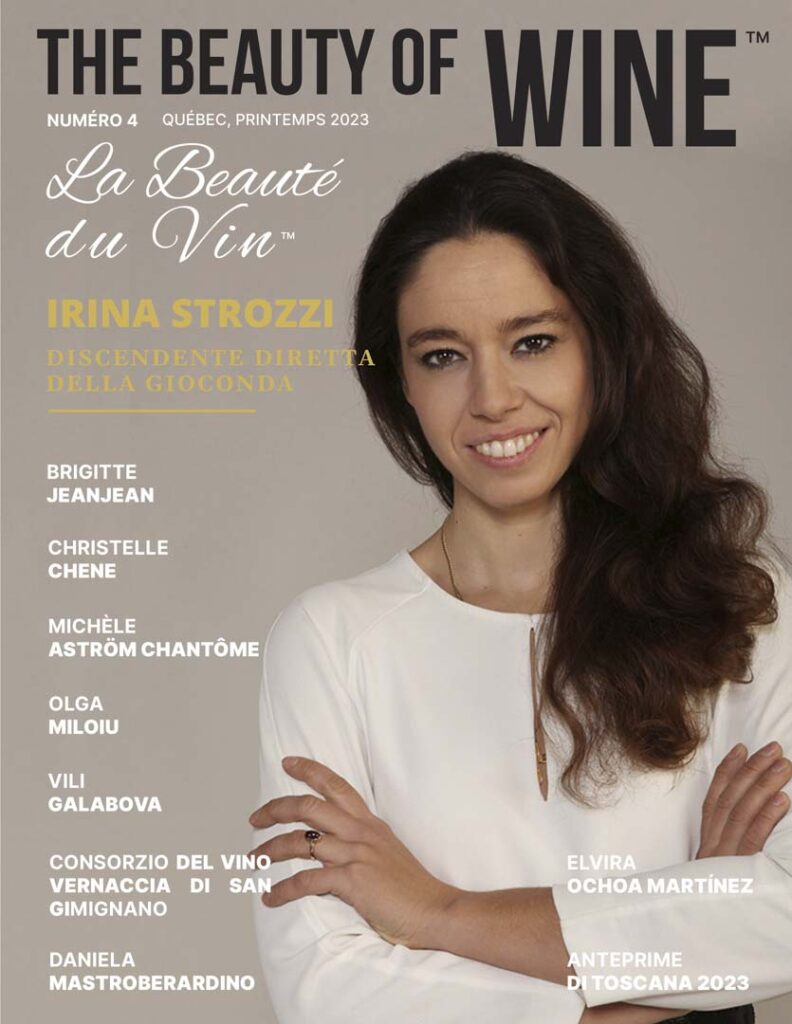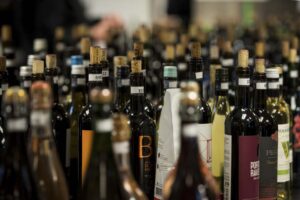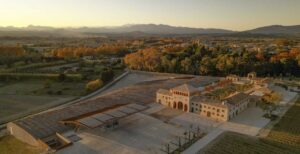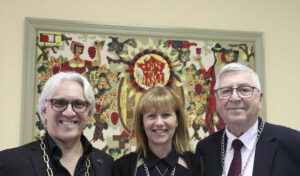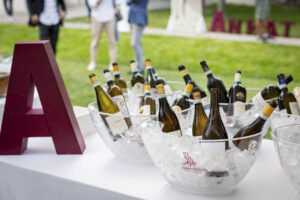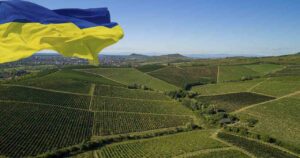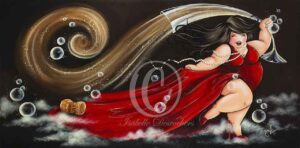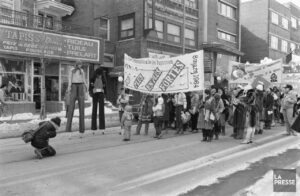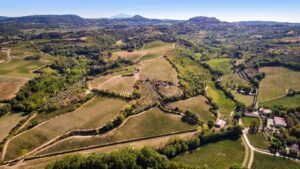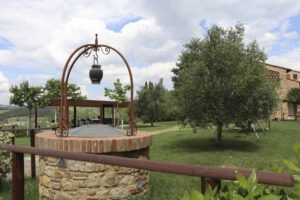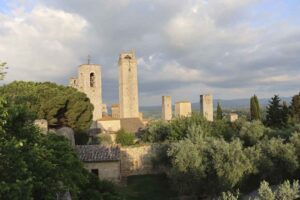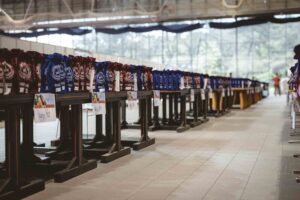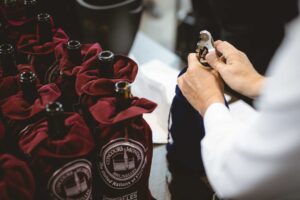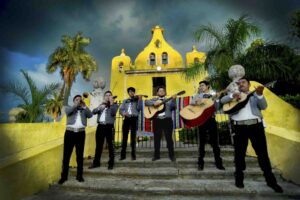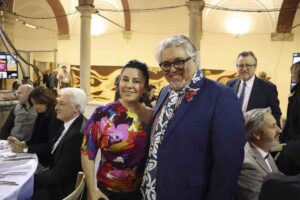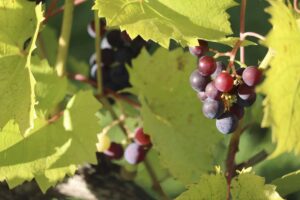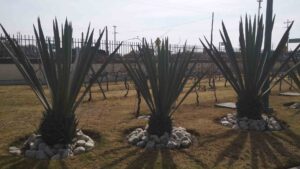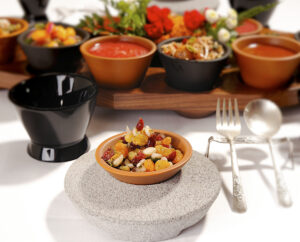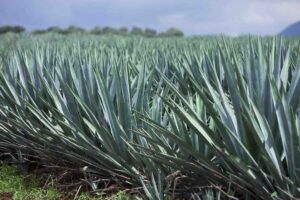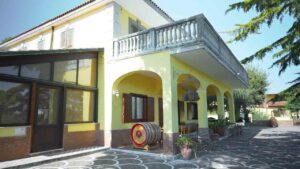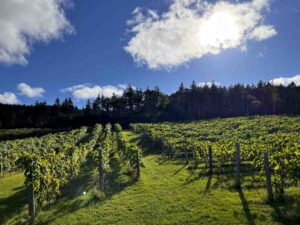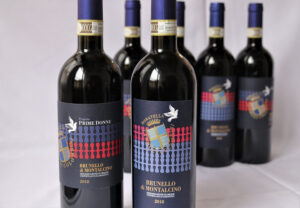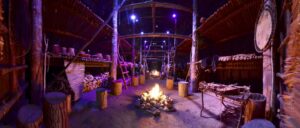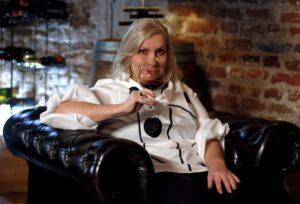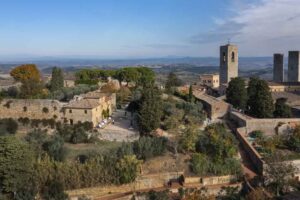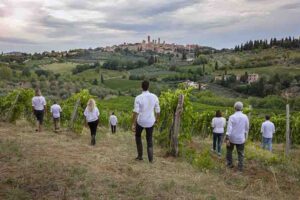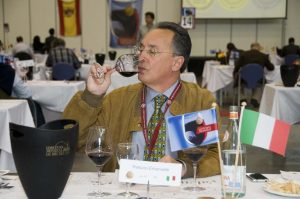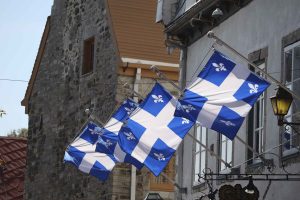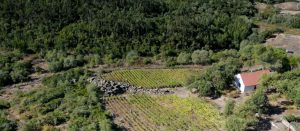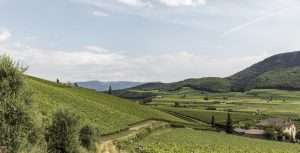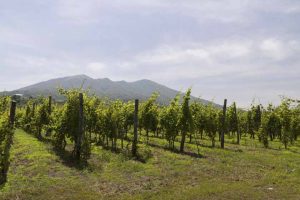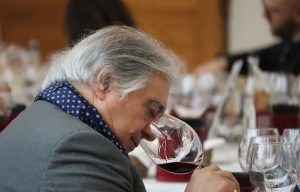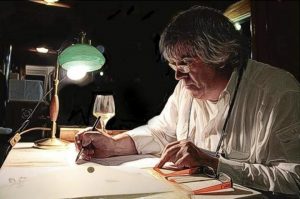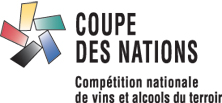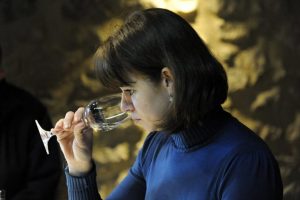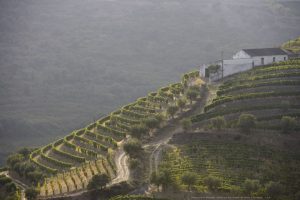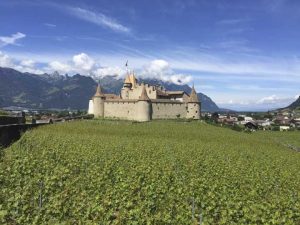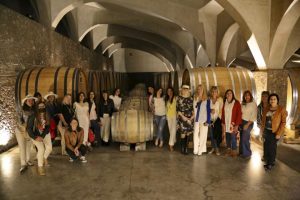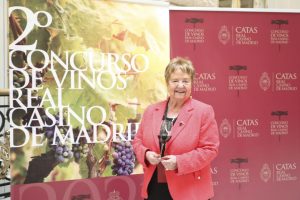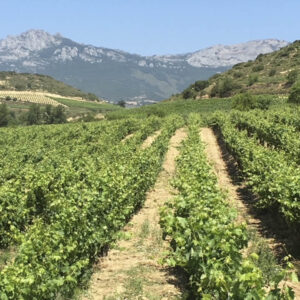L’histoire du cognac : une eau-de-vie unique et remarquable
**Translation is at the bottom**
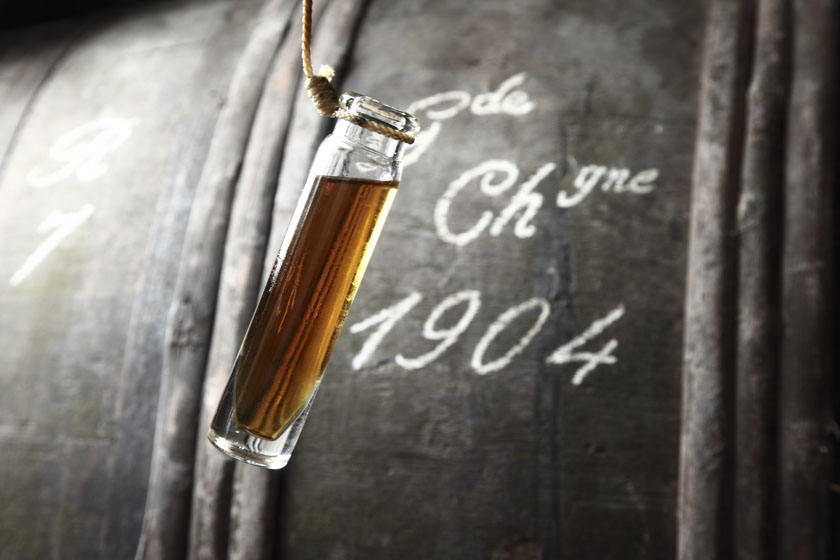
L’histoire du cognac, symbole du raffinement et du luxe à la française commença à l’époque romaine lorsque les premières vignes furent plantées aux alentours du 1er siècle avec la colonisation de la Gaule.
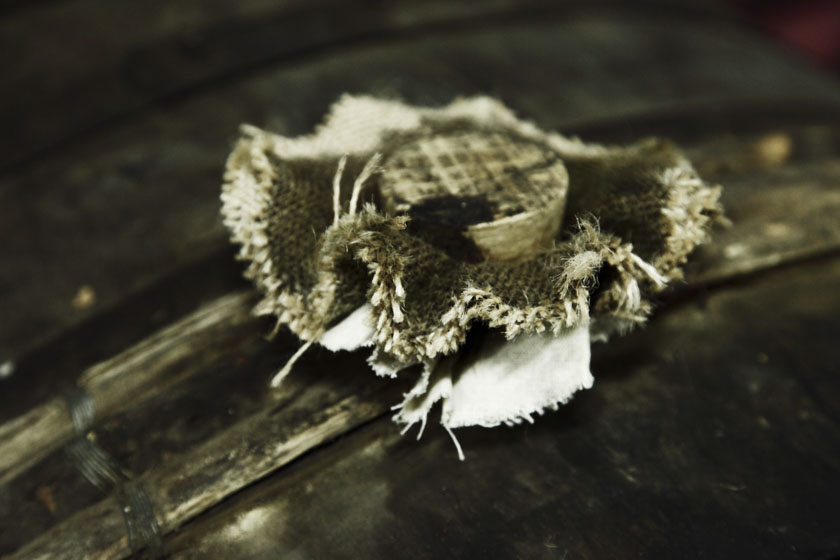
Nos ancêtres les Gaulois étaient des buveurs de cervoise, autrement dit, de bière, mais les légions de César lors de leur conquête de la Gaule se mirent à planter la vigne puisque le vin faisait partie de la solde des légionnaires et qu’il était indispensable aux palais des Romains. La Gaule fut donc plantée de vignes de la vallée du Rhône aux rives de la Loire, de l’Alsace au Sud-Ouest, la région d’Aunis et de Saintonge ou la Charente est située, ne faisant pas exception.
Au Moyen Âge, les vins de Charente étaient fort appréciés des marchands et navigateurs qui venaient se ravitailler en vivres et en sel dans les ports de l’Atlantique comme La Rochelle ou Rochefort. Le merveilleux fleuve Charente fut un atout majeur de la circulation des vins, atout dont ne disposait pas la région de l’Armagnac, eau-de-vie plus ancienne que le cognac quant à sa date de création mais dont le territoire, plus enclavé, n’est pas traversé par un fleuve comme la Charente.
Cependant, les vins de Charente en raison de leur faible teneur en alcool, se conservaient mal et se virent préférer les vins de la Gironde par les marchands anglo-saxons. Autre problème pour les viticulteurs locaux, les taxes. Sous les rois de France, les taxes étaient proportionnelles au volume de vin produit. Plus le volume était important, plus tes taxes étaient lourdes à supporter.
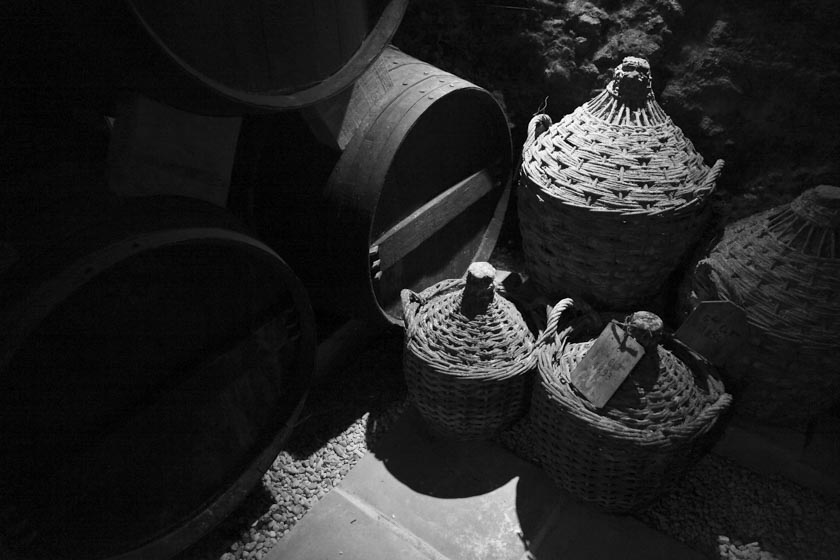
Diminuer le volume par le procédé de la distillation permettait de promouvoir une eau-de-vie qui se conservait plus longtemps qu’un vin et qui voyageait mieux, tout en allégeant les taxes que payaient les paysans aux Rois de France. Il fallait donc trouver un moyen de mieux exporter les vins de Charente tout en payant moins d’impôts. La distillation allait résoudre cette équation.
Ce sont les marchands Hollandais qui utilisèrent les alambics de cuivre d’abord chez eux pour distiller les vins de Charente puis sur place produisant du vin distillé qu’ils nommèrent Brandwijn ce qui donna naissance au Brandy. On peut trouver la trace des premières distilleries au XVIIe siècle mais cette distillation était simple, une seule chauffe et produisait le « brouillis » que l’on consommait agrémenté d’eau et de plantes aromatiques. Puis l’idée germa de faire vieillir le produit pour garantir la qualité et la longévité de l’eau-de-vie d’où l’utilisation du chêne de la région voisine du Limousin pour en faire des fûts de vieillissement.
Mais c’est vraiment la double distillation en alambic de cuivre qui fit la différence et c’est ici que la légende du Chevalier de la Croix Marron doit être racontée. Cet homme pieux natif de Segonzac serait l’inventeur de la double distillation.
Il avait rêvé que le Diable tentait de lui voler son âme en la faisant bouillir dans un grand chaudron.
Mais comme le Malin n’avait pas réussi à sa première tentative, il avait dû remettre l’âme de ce pauvre Chevalier une seconde fois dans la marmite pour arriver à ses fins. Au réveil de ce cauchemar, le chevalier eut l’idée d’extraire l’âme du cognac avec une double distillation.
Ceci reste une légende bien sûr mais, pour bien comprendre pourquoi le cognac est si exceptionnel, il faut s’arrêter sur cette double distillation qui lui donne ses lettres de noblesse.
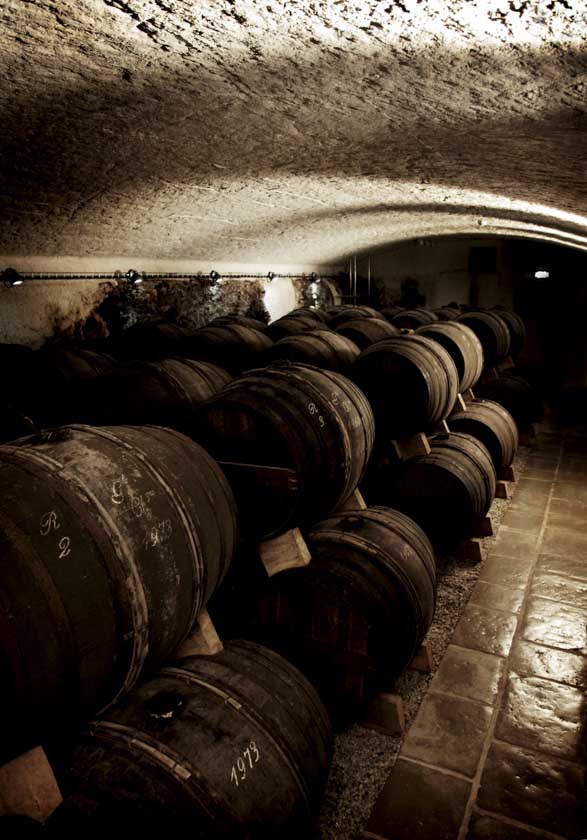
La première distillation ou première chauffe sépare les têtes (premiers condensats) des queues (derniers condensats) et le liquide restant est appelé le brouillis. C’est ce dernier qui sera redistillé dans l’opération appelée la Bonne Chauffe ou sera conservé le cœur de la distillation, une eau-de-vie pure et limpide qui vieillira en fûts de chêne. C’est ici qu’entre en jeu tout le savoir-faire du distillateur qui doit faire la coupe au bon moment afin de séparer les têtes les queues et le cœur de la distillation.
Les immigrants hollandais, scandinaves, britanniques, ou irlandais jetèrent leur dévolu sur Cognac ou la ville voisine de Jarnac et c’est ainsi que l’on assista à la naissance des premières maisons de commerce dont Augier, la plus ancienne en 1643 suivies des grandes Maisons comme Martell en 1715, Rémy Martin en 1724, Hennessy en 1765 ou Courvoisier en 1843. Hardy ne devant voir le jour qu’en 1863.
La réputation de la célèbre eau-de-vie de Cognac ne cessa de grandir. Au XVIIIe siècle, le philosophe des Lumières, Diderot, mentionna dans son Encyclopédie, la ville de Cognac « célèbre pour ses brandies ».
Mais c’est véritablement au XIXe siècle qu’un traité de Libre-Échange historique, le traité franco-britannique signé le 23 Janvier 1860 sous le règne de Napoléon III, marqua le début de l’essor du cognac dans le monde entier.
Encouragé par l’Empereur dont le règne favorisa les nouvelles industries et les exportations des produits français, les grands négociants entamèrent une révolution passant des barriques aux contenants en verre, ce qui favorisa la création d’une industrie verrière locale ainsi que celles des bouchons, des étiquettes, du carton etc.
Le vignoble de cognac puisque la ville de Cognac donna son nom au produit que la région savait si bien mettre en valeur, atteint la taille conséquente de 280.000 hectares à la fin du XIXe siècle.
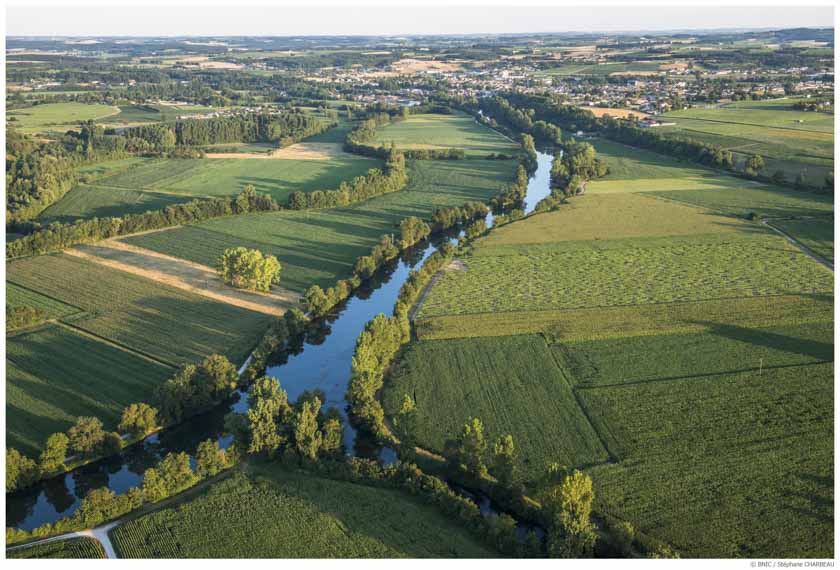
Mais un évènement grave, une crise provoquée par un puceron connu sous le nom de Phylloxéra décima les vignobles qui de 280.000 hectares en 1877 ne couvraient plus qu’une superficie de 45 000 hectares en 1895. Le remplacement des cépages historiques, Folle Blanche et Colombard par un cépage approchant : L’Ugni Blanc, avec un taux d’acidité nécessaire à une bonne distillation fut la voie suivie à la fin du XIXe et au début du XXe siècle. Grâce à l’utilisation du porte-greffe américain résistant au phylloxéra (mis au point au Texas par M. Thomas Volney Munson dans la ville de Denison) la région de Cognac put se reconstruire.
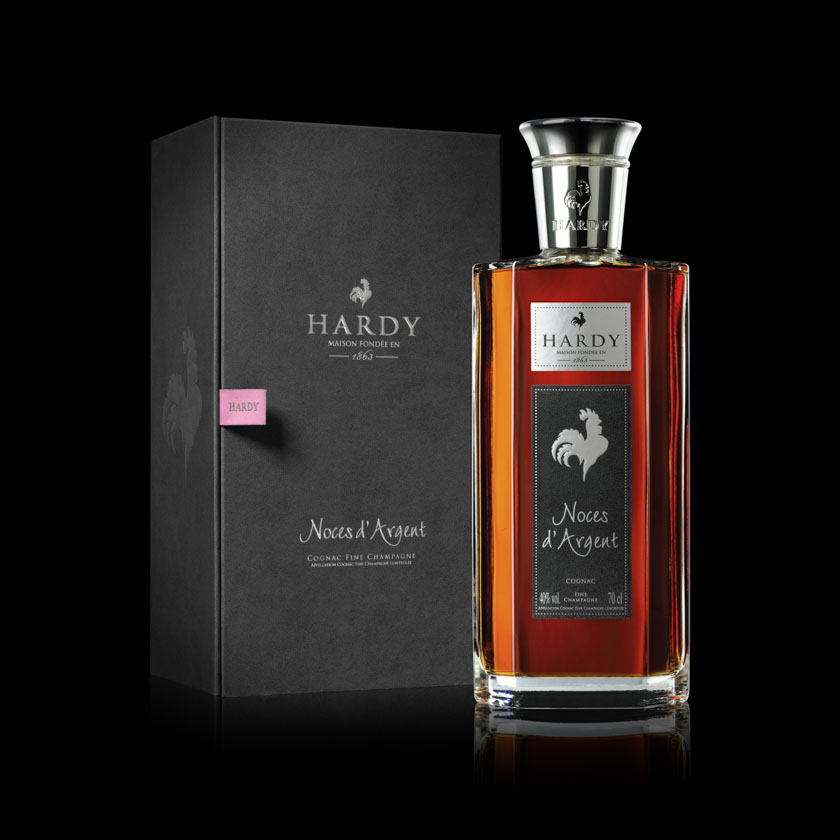
Les deux guerres mondiales et l’occupation allemande de la ville de Cognac en 1940 mirent un frein à la distribution et l’expansion du cognac. En 1946 Le Bureau National Interprofessionnel du Cognac fut créé pour protéger l’appellation et la défendre car nombreux sont les imitateurs dans le monde qui tentent encore aujourd’hui d’appeler leurs brandies “cognac”.
Mais le cognac a des atouts qui ne sont pas négligeables par rapport à ses concurrents :
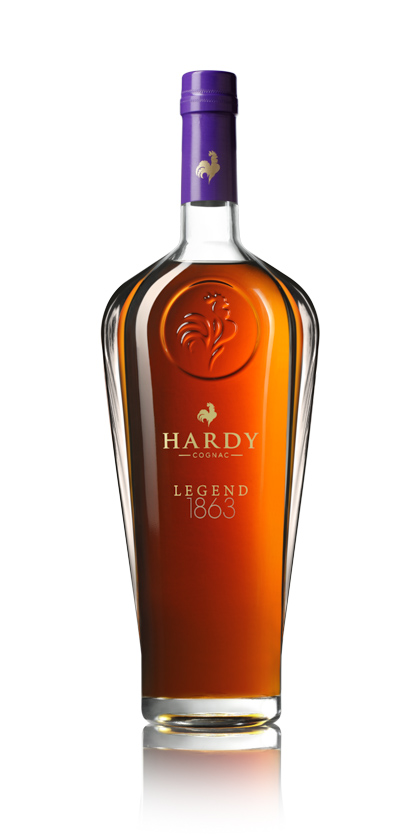
1. Une région géographique délimitée depuis le 1er mai 1909 avec une appellation d’origine contrôlée depuis 1936 et une délimitation régionale de crus en 1938. Au nombre de 6, Grande Champagne, Petite Champagne, Borderies, Fins Bois, Bons Bois et Bois Ordinaires, ils entourent la ville de Cognac et englobent même les Iles d’Oléron et de Ré.
2. Une proximité avec la région du Limousin qui produit l’un des meilleurs chênes du monde utilisés pour le cognac bien sûr mais par nombre de châteaux et domaines viticoles dans le monde entier.
3. Une distribution internationale étendue grâce à la puissance et au marketing de groupes importants qui en assurent la renommée mais aussi à l’existence de Maisons plus petites dont la qualité des cognacs fait le bonheur des connaisseurs.
La reconnaissance internationale du cognac est donc née d’une histoire riche, d’un emplacement privilégié, et c’est aux acteurs de cette région de perpétrer le savoir-faire de cette eau-de-vie que Victor Hugo, amateur éclairé, appelait « Le nectar des dieux ».


The history of cognac: a unique and remarkable eau-de-vie

The history of cognac, a symbol of French refinement and luxury, began in Roman times when the first vines were planted around the 1st century with the colonization of Gaul.

Our ancestors the Gauls were drinkers of cervoise, in other words, of beer, but the legions of Caesar during their conquest of Gaul began to plant vines since wine was part of the pay of the legionnaires and was essential to the palaces of the Romans. Gaul was therefore planted with vines from the Rhône valley to the banks of the Loire, from Alsace to the South-West, the region of Aunis and Saintonge where the Charente is located, being no exception.
In the Middle Ages, Charente wines were greatly appreciated by merchants and sailors who came to stock up on food and salt in the Atlantic ports such as La Rochelle or Rochefort. The marvellous Charente river was a major asset for the circulation of wines, an asset which the region of Armagnac did not have, an eau-de-vie older than cognac in terms of its date of creation but whose territory, more landlocked, is not crossed by a river like the Charente.
However, the wines of Charente, because of their low alcohol content, did not keep well and the wines of the Gironde were preferred by Anglo-Saxon merchants. Another problem for local winegrowers is taxes. Under the kings of France, taxes were proportional to the volume of wine produced. The larger the volume, the heavier your taxes were to bear.

Reducing the volume by the process of distillation made it possible to promote an eau-de-vie which could be kept longer than wine and which travelled better while reducing the taxes paid by the peasants to the Kings of France. It was, therefore, necessary to find a way to better export Charente wines while paying less tax. Distillation was going to solve this equation.
It was the Dutch merchants who used the copper stills first at home to distil Charente wines then on-site producing distilled wine which they named Brandwijn which gave birth to Brandy. We can find traces of the first distilleries in the 17th century but this distillation was simple, only one heating and produced the “brouillis” which was consumed with water and aromatic plants. Then the idea germinated to age the product to guarantee the quality and longevity of the eau-de-vie, hence the use of oak from the neighbouring region of Limousin to make aging barrels.
But it was really the double distillation in a copper still that made the difference and it is here that the legend of the Knight of the Brown Cross must be told. This pious man from Segonzac would be the inventor of double distillation.
He had dreamed that the Devil was trying to steal his soul by boiling it in a large cauldron.
But since the Evil One had failed on his first attempt, he had to put the poor Knight’s soul back into the pot a second time to achieve his ends. Upon awakening from this nightmare, the knight had the idea of extracting the soul of cognac with a double distillation.
This remains a legend of course, but to fully understand why cognac is so exceptional, you have to look at this double distillation which gives it its letters of nobility.

The first distillation or first heating separates the heads (first condensates) from the tails (last condensates) and the remaining liquid is called the brouillis. It is the latter that will be redistilled in the operation called La Bonne Chauffe where the heart of the distillation will be kept, a pure and limpid eau-de-vie that will age in oak barrels. This is where all the know-how of the distiller comes into play, who must make the cut at the right time in order to separate the heads from the tails and the heart of the distillation.
Dutch, Scandinavian, British, or Irish immigrants set their sights on Cognac or the neighbouring town of Jarnac and this is how we witnessed the birth of the first trading houses, including Augier, the oldest in 1643, followed by the large Houses like Martell in 1715, Rémy Martin in 1724, Hennessy in 1765 or Courvoisier in 1843. Hardy was not to see the light of day until 1863.
The reputation of the famous Cognac eau-de-vie continued to grow. In the 18th century, the philosopher of the Enlightenment, Diderot, mentioned in his Encyclopédie, the town of Cognac was “famous for its brandies”.
But it was really in the 19th century that a historic Free Trade Treaty, the Franco-British Treaty signed on January 23, 1860 under the reign of Napoleon III, marked the beginning of the rise of cognac throughout the world.
Encouraged by the Emperor, whose reign favoured new industries and the export of French products, the great merchants began a revolution moving from barrels to glass containers, which favoured the creation of a local glass industry as well as those of corks, labels, cardboard etc.
The cognac vineyard, since the town of Cognac gave its name to the product that the region knew how to showcase so well, reached the substantial size of 280,000 hectares at the end of the 19th century.

But a serious event, a crisis caused by an aphid known as Phylloxera decimated the vineyards which, from 280,000 hectares in 1877, only covered an area of 45,000 hectares in 1895. The replacement of the historic grape varieties, Folle Blanche and Colombard by an approaching grape variety: Ugni Blanc, with a level of acidity necessary for good distillation, was the path followed at the end of the 19th and the beginning of the 20th century. Thanks to the use of American rootstock resistant to phylloxera (developed in Texas by Mr. Thomas Volney Munson in the town of Denison) the Cognac region was able to rebuild itself.

The two world wars and the German occupation of the city of Cognac in 1940 put a brake on the distribution and expansion of cognac. In 1946 the Bureau National Interprofessionnel du Cognac was created to protect the appellation and defend it because many imitators in the world still try to call their brandies “cognac”.
But cognac has advantages that are not negligible compared to its competitors:

1. A geographical region delimited since May 1, 1909 with a controlled designation of origin since 1936 and a regional delimitation of crus in 1938. Six in number, Grande Champagne, Petite Champagne, Borderies, Fins Bois, Bons Bois and Bois Ordinaires, they surround the city of Cognac and even include the islands of Oléron and Ré.
2. Proximity to the Limousin region, which produces one of the best oaks in the world, used for cognac of course, but by many castles and wine estates around the world.
3. Extensive international distribution thanks to the power and marketing of large groups that ensure its reputation, but also to the existence of smaller Houses whose quality of cognacs delight connoisseurs.
The international recognition of cognac is therefore born of a rich history, of a privileged location, and it is up to the players in this region to perpetuate the know-how of this eau-de-vie that Victor Hugo, an enlightened amateur, called “Nectar of the Gods”.

Récents articles
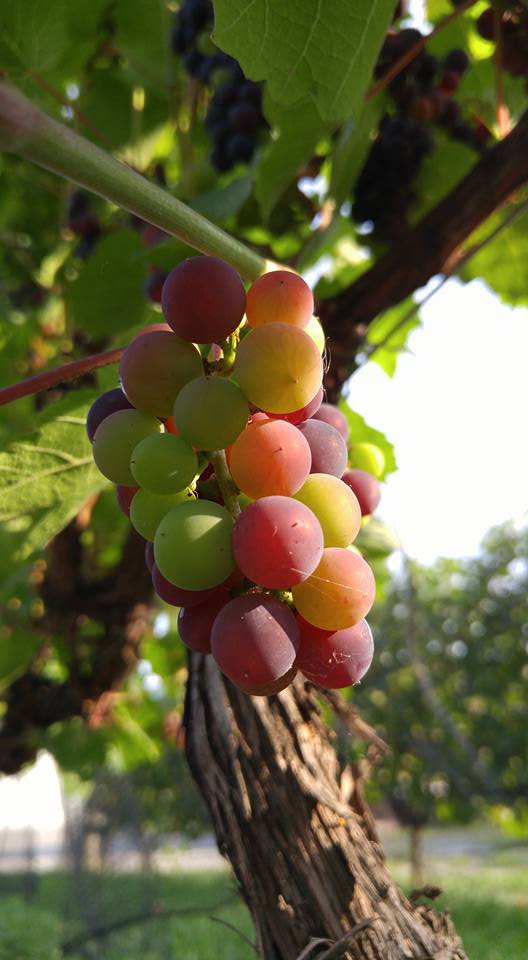
Stay tuned for new articles and industry trends !
Subscribe to our newsletter and make sure you don’t miss the publication new editions of the magazine!
